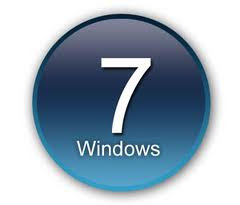
By making some simple changes to the system BIOS, you can help speed boot time in Windows. Let's see how to do it. Tturn the computer on and enter the system BIOS screen either by pressing the DEL key, or by pressing F2 key as mentioned in the motherboard manual. You will get to the BIOS screen and in the BIOS setup, look for a BOOT menu and select it with your keyboard arrow keys, Tab, and Enter. You will find an option for Quick Boot. Enable it. Under Boot Device Priority change the first boot device to be the hard drive. Exit and Save Changes and the computer will reboot.
It is also recommended to remove unnecessary startup programs. Open Run dialog box and write Msconfig. Click the Startup tab, it will display a list of programs that launch at startup. Uncheck the boxes on the left-hand side of the Msconfig window that you don't want during Windows loading. Then click Apply and OK to confirm. You need to restart the computer to get the effect.
Clean the Windows Registry as most of the times computer experiences slow startup due to registry errors. Windows crashes and error messages are the results of registry errors. Registry problems occur due to references left behind after uninstallation as well as incorrect removal of software and missing or corrupt hardware drivers. You can consult a remote computer support provider for online registry repair. Or you can download or install registry repair software that will scan your Windows registry for invalid or obsolete information and make your computer stable and run faster.
To optimize Windows startup it is recommended to disable unnecessary Windows services. There are a number of services that load but they are not needed. They take up memory space and CPU time. As a result the startup time of the computer goes up. You should disable these services to free up system resources.
Article Source: http://goo.gl/8gPOj
No comments:
Post a Comment